Tamron has started to jump into Sony FE with both feet. It’s first two zoom lenses (17-28mm F2.8 RXD and 28-75mm F2.8 RXD) have been very well received. Now, Tamron is following up with three prime lenses (20mm, 24mm, and 35mm) that have only a moderately wide aperture (F2.8), but sport nicely compact, lightweight bodies and one other trick up their tiny sleeves: they are all 1:2 Macro lenses (one half-life size). These are lenses that are somewhat similar to a lens like Zeiss’ classic 50mm F2 Makro-Planar though with a smaller maximum aperture and costing less than a third of the price.
The full name of the lenses are the Tamron 20/24/35mm F2.8 OSD Di III M1:2. Here’s what those initials mean: OSD = Optimized Silent Drive (the type of focus motor), Di III = designed specifically for mirrorless in this case Sony Full Frame E-mount and M1:2 =1:2 Macro, which is one of the main reasons why these lenses are so interesting for Sony shooters.
Tiny Prime Build, Handling, and Design
As mentioned previously, these lenses are designed specifically for Sony FE, though they can also be used on Sony’s crop sensor E-mount cameras where the focal length will be multiplied by the 1.5x crop factor. However, what is interesting is that minimum focus distance remains the same on crop, which means that the object has greater apparent magnification – more macro ability.
All of Tamron’s development to date for Sony FE has come without their popular VC (Vibration Compensation) system and instead relies on Sony’s Steadyshot Inside (IBIS) for stabilization. This has allowed Tamron to have less complex lens design and really focus on keeping things smaller and lighter, which is often the forgotten element of modern lens design. The weight of these lenses ranges from only 210g to only 221g.
The lenses carry a standard size and profile, being about 73mm in diameter and only 63.5mm in length. Tamron has given us fairly strong value for money when it comes to the build of these little primes. They all have a lot of shared design elements with each other and even with the FE zooms. One shared design element is the inclusion of weather sealing, starting with a gasket at the lens mount, several internal seal points, and a fluorine coating on the front element to resist fingerprints and watermarks, which makes the front element easier to clean.
Another shared design element is the 67mm front filter thread. There are both pros and cons to this. The primary con is that this shared design element is a limiting principle in the size and shape of the lens. These prime lenses probably could have been smaller than what they are. The overall length of each lens is modest, but they could have been narrower than what they are. Fortunately, the short, squat look is a rather attractive one in a lens.
The main upside – it’s a big one – is similar to what Zeiss has done with the Loxia series. That shared diameter and front filter thread means that one set of 67mm filters, a very common size – can easily be shared across all the Tamron lenses. Also, any accessories like gearing can be shared in a similar fashion. The shared filtering is a big deal to me, as I can invest my filter money on one common size and thus probably have more filter options available to share across these lenses.
The physical design is also quite similar. These little primes carry a strong family resemblance to the FE zooms, with a body made of mostly engineered plastics around a lightweight metal mount. This is finished in a satin black with a platinum-colour (“luminous gold”, according to Tamron) accent ring near the lens mount. There is white lettering on the lens barrel with lens designation and other information, and no switches to be seen anywhere. I do prefer having an AF/MF switch, but you’ll have to rely on controlling that from within the camera.
There is a ribbed focus ring a few centimeters wide near the front of the short lens. The focus ring moves fine though with no particular smoothness or quality. While focusing the selected area of the image will automatically magnify to help you to visually confirm focus.
Each lens comes with a lens hood that bayonets into place precisely with a satisfying click. The interior of the hood for the 24mm has plastic ribs intended to stop light from bouncing around while the 35mm sports a unique hood with a rectangular cutout and threads to mount filters right onto the hood.
These lenses focus down very closely (as little as 11cm on the 20mm) which is the primary reason that they can achieve such a high magnification figure. This is essentially twice as close as what comparable lenses can focus down to. Just know that you will be VERY close to your subject when shooting at MFD, as that figure is from the sensor of the camera. You might want to remove the hood to keep from shading your subject, and you’ll obviously need fairly good light on your subject, too.
You will have to watch for some perspective distortion (particularly with the wider focal lengths) in your composition at close range, as wide focal lengths tend to exaggerate that which is closest to the camera. Keep things as square as possible unless you want that effect.
The macro capabilities of the lenses are a definite selling feature and give you many additional creative options when photographing different scenes and image quality is quite good at close focus distances (any distance, really).
Each lens has an aperture consisting of seven rounded blades. Overall, the lens design here is clean and simple. There are no obvious bells and whistles, though the nice amount of sealing throughout the lens is a great selling point.
Autofocus Performance
The OSD in the lens designation stands for “Optimized Silent Drive” (OSD). I’m not as big of a fan of OSD as I am of the RXD motors in the two Tamron FE zooms which I find quieter and smoother by comparison. There is a bit of noise (something like a clicking sound) when making larger focus adjustments or while making micro-adjustments during video with the OSD motors. Major focus changes aren’t quite as fast as on the RXD-equipped lenses, with a slightly deliberate feel where momentum gathers for a split second before focus begins. Focus speed was adequate for all the various scenarios I shot in.
I had largely excellent focus results with the lenses. In real world situations focus was confident and I didn’t run into the pulsing that I sometimes get with wide angle lenses on Sony when shooting landscape scenes with all focus points active. Eye AF worked well and achieved consistently good focus in my tests.
Low light sensitivity was not exceptional, probably due to the only moderately wide maximum aperture. The aperture can only open as wide as its maximum aperture for focus, so those that shoot often in very low light conditions might find this an issue.
Other than the focus sound noted above, the lenses worked well for gathering video. In one instance I did some micro-pulsing as close focus distances due to lower contrast. Focus pulls are not incredibly fast, but they are fairly smooth, and there wasn’t any pulsing or settling when arriving on the subject.
Footage had a great quality to it (very punchy and detailed). These lenses are great for mounting on a gimbal due to their light weight and consistent size/length.
Image Quality
There’s a lot of good news to report on this front, as Tamron has done a great job of delivering excellent image quality out of these little prime lenses. I used a high resolution 42MP Sony a7RIII, and the lenses had no problem putting out plenty of resolution.
There is some distortion and vignette (at wide apertures), though both JPEGs and video will receive automatic corrections (if enabled), and the in-camera profile produces very clean JPEG results. When comparing to Tamron’s 17-28mm F2.8 RXD zoom lens, I found the center performance of the zoom a tiny bit better, but the prime lenses were better in the edges of the frame.
Stopping down to F4 shows an uptick in contrast and a very minor resolution improvement, particularly in the corners. The comparison to the zoom is the same – slight edge to the zoom in the middle, slight edge to the prime on the edges.
At smaller apertures, the primes are extremely sharp across the frames, making them very sharp little landscape lenses as these shots demonstrate.
While doing these tests, I noted that both lateral and longitudinal chromatic aberrations are extremely well-controlled, with little to no purple or green fringing showing up in any of the high contrast situations I put the lens in.
Another area of tremendous strength is the flare resistance with very little ghosting or veiling in any of the scenarios I put it in, so Tamron’s BBAR coatings are working a treat here!
I felt the colour rendition was quite good. Colours are rich and have good contrast. There’s nothing “cheap” about the end results coming out of the lens.
As noted previously, the close focus abilities allow the lenses to create a decent amount of bokeh, and image quality at close focus distances remains good.
At the end of the day, however, there’s a lot to celebrate when it comes to the image quality here. The lenses are sharp, have great flare resistance and chromatic aberration control, and deliver good image quality at all tested focus distances. Not bad for a lens this small and inexpensive!
Conclusion
It can be hard to recommend a prime lens with a maximum aperture of only F2.8 when Tamron has such competent zoom lenses covering these focal lengths, but there are a few genuine reasons to consider the 20, 24, and 35mm prime lenses. While Tamron’s FE zooms have been relatively small and light, these prime lenses are smaller still. The zooms are relatively inexpensive, but the primes are cheaper. I’ll confess that this in and of itself wasn’t enough to pique my interest, but when I saw that all of these primes had a maximum magnification of 0.50x (1:2 macro), my interest grew. A small, compact prime lens with great image quality and the versatility of getting great magnification is a winning formula. Zeiss has done something similar with its Batis 40mm F2 CF lens, though these Tamron primes manage to do it at a fraction of the price. I had fun with these little lenses, and I suspect you will, too!
About the Author
Dustin Abbott is a professional photographer and photography gear reviewer based in Ontario, Canada. His reviews for his website and YouTube channel are viewed around the world. www.dustinabbott.net



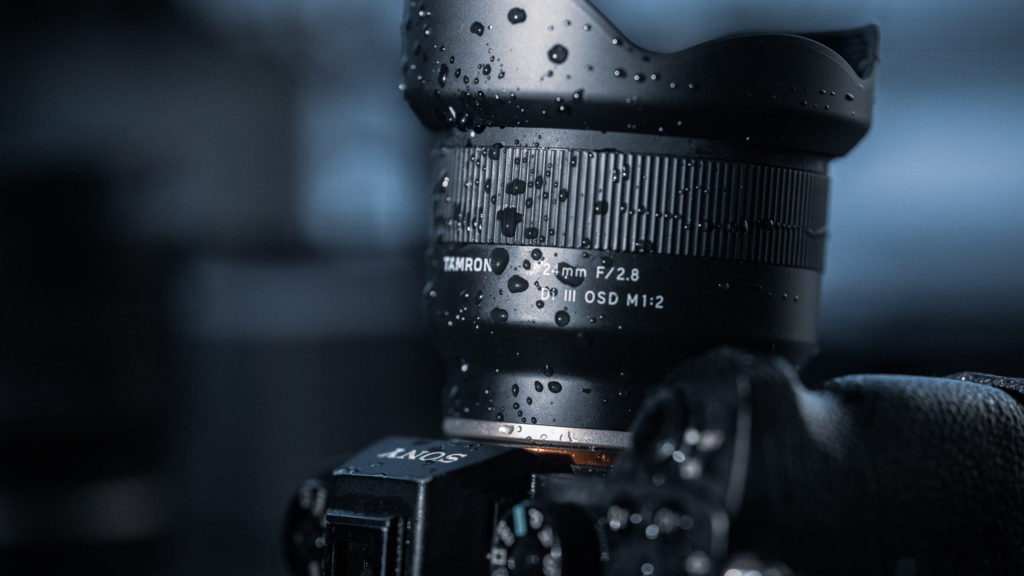
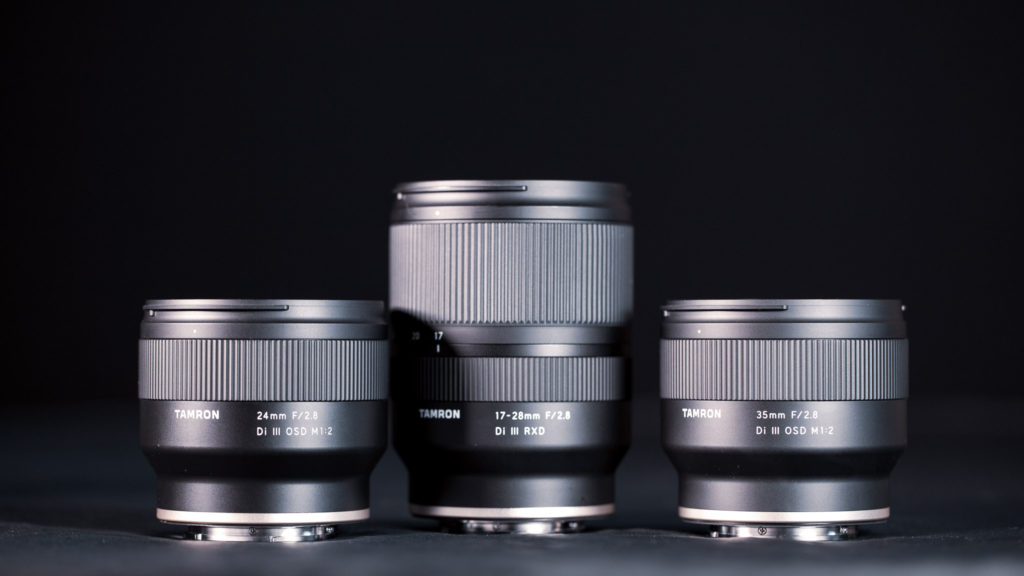
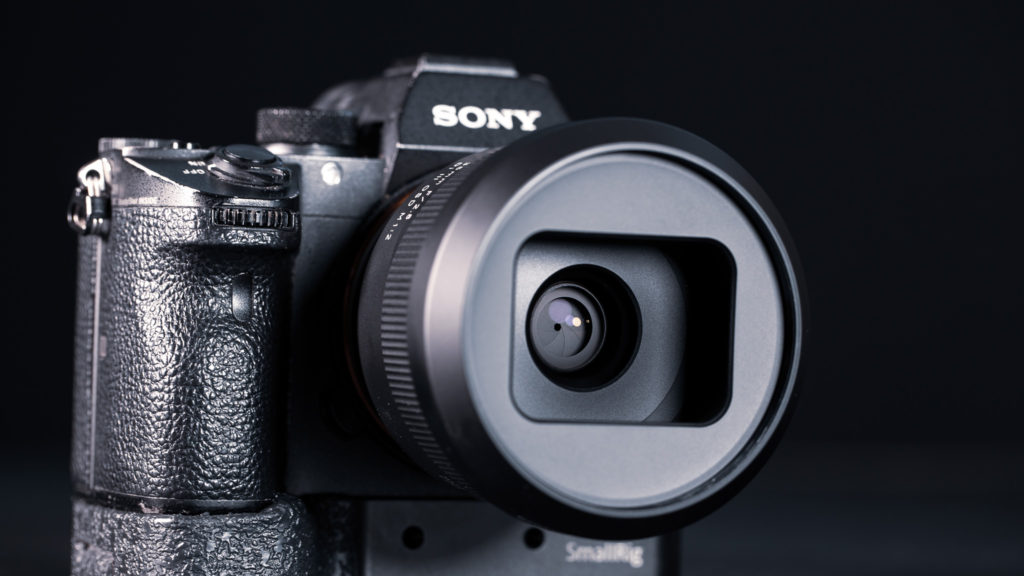
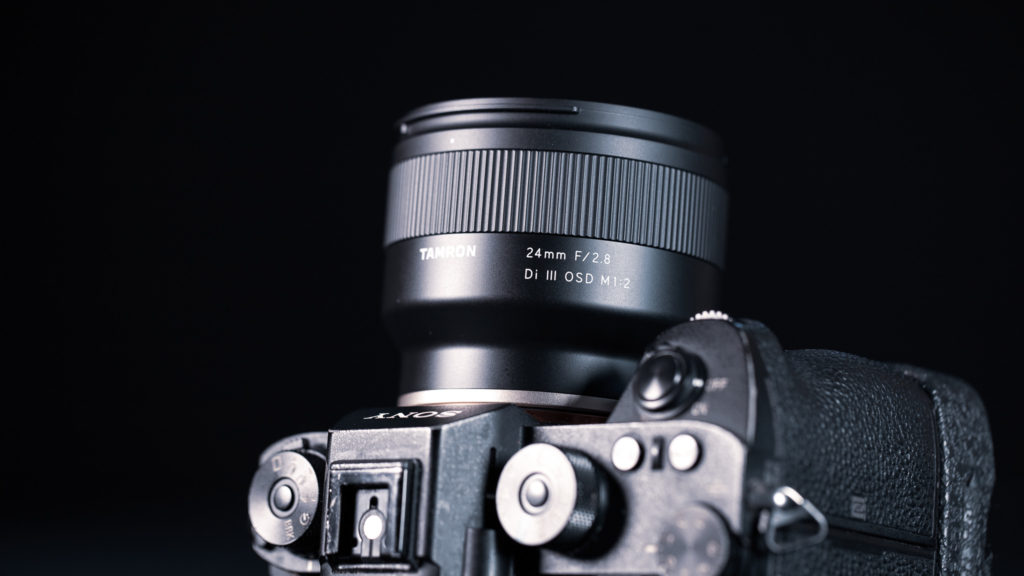
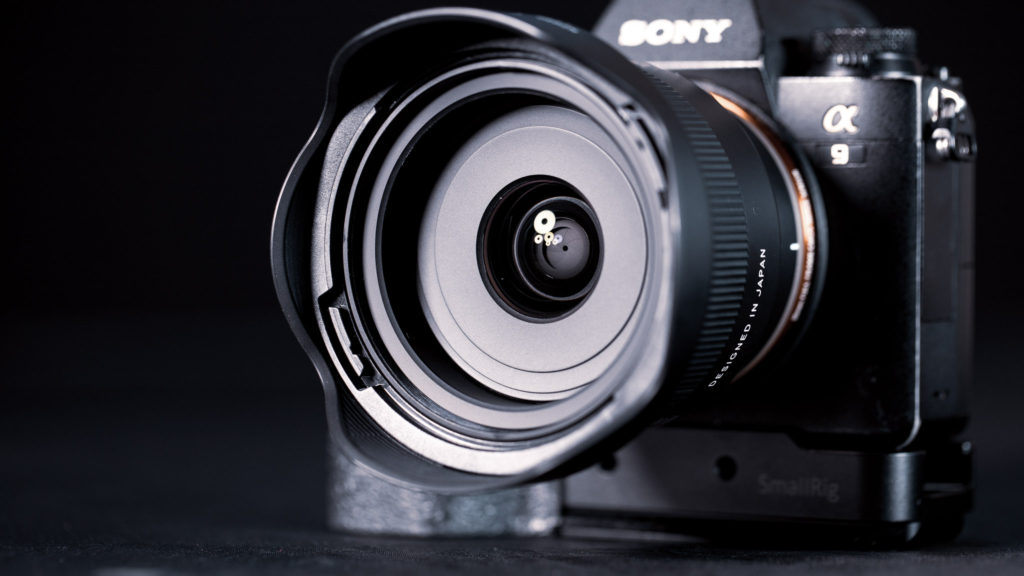
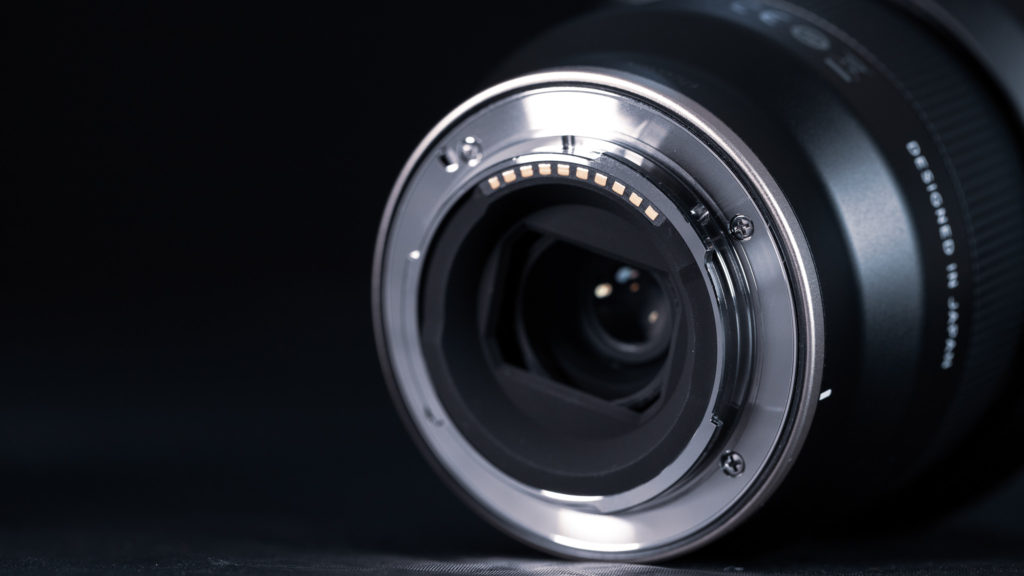















Great review, thank you! The most interesting one is 20/2.8 IMHO, as quality inexpensive UWA lenses are rare. Shooters on cropped cameras will be interested too, as current E20/2.8 pancake isn’t great optically.